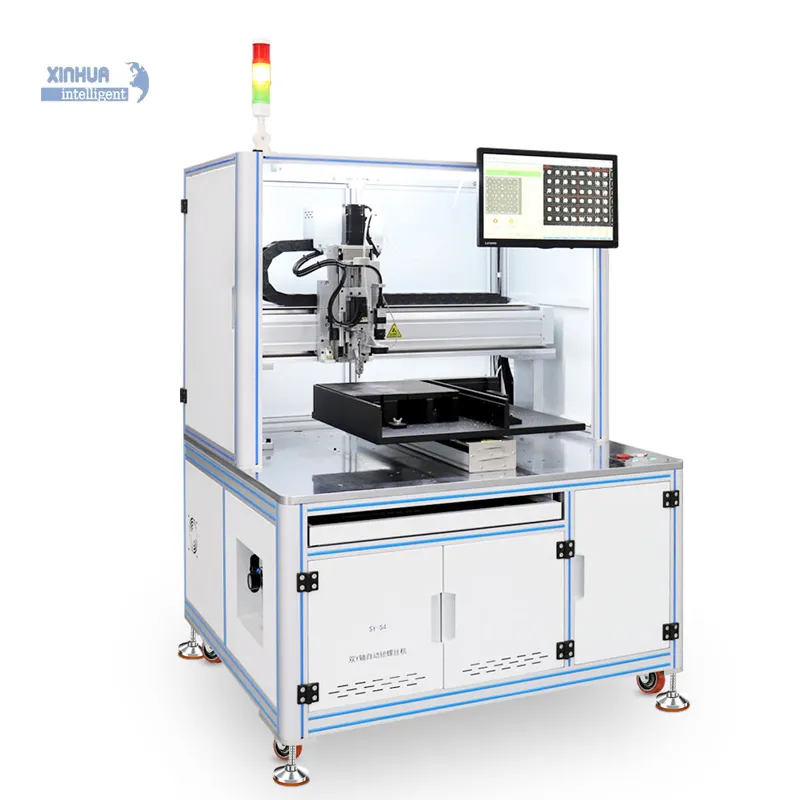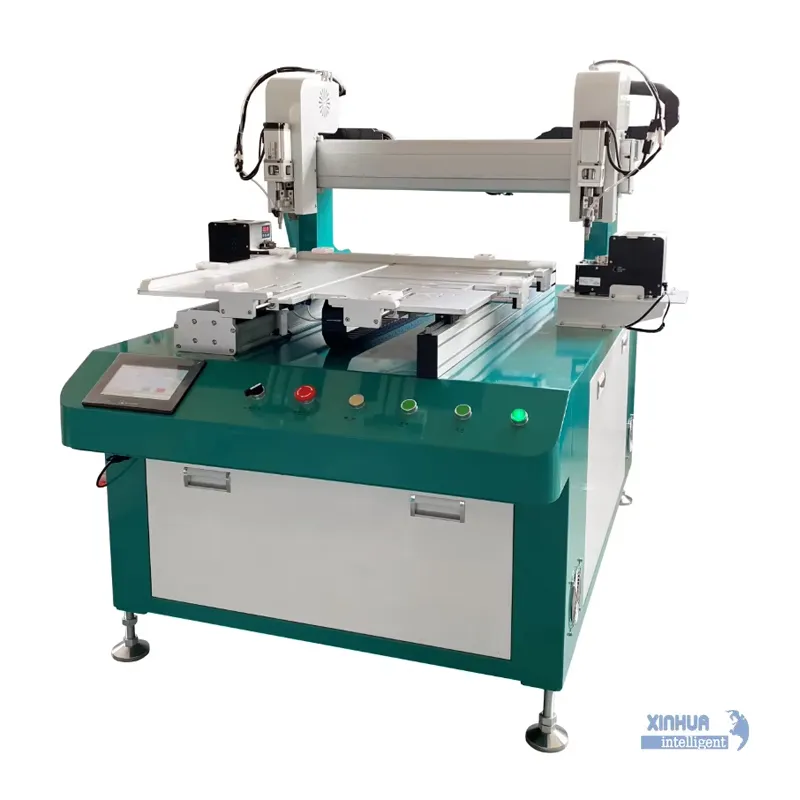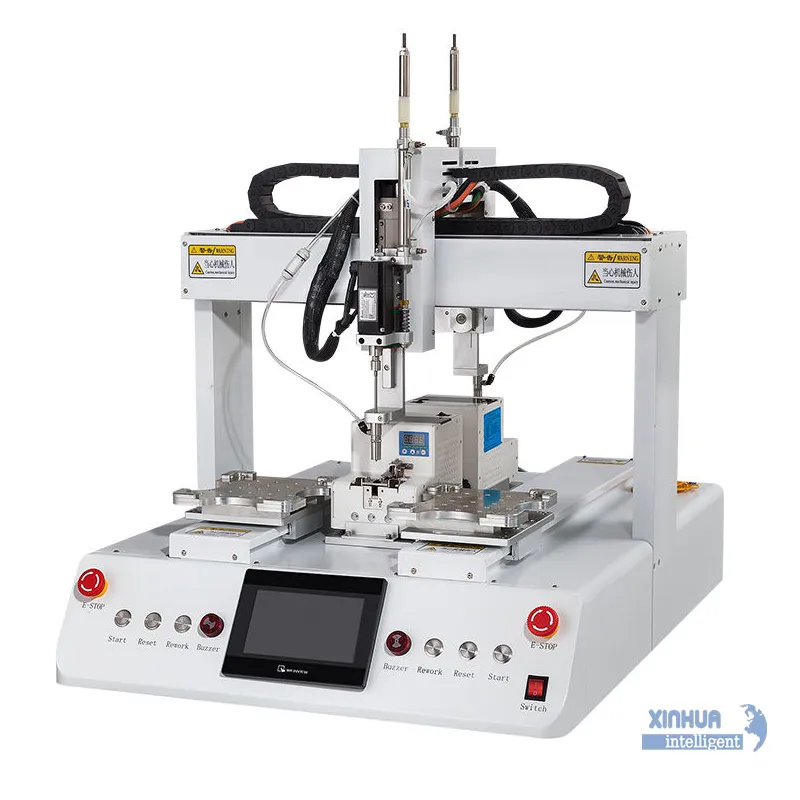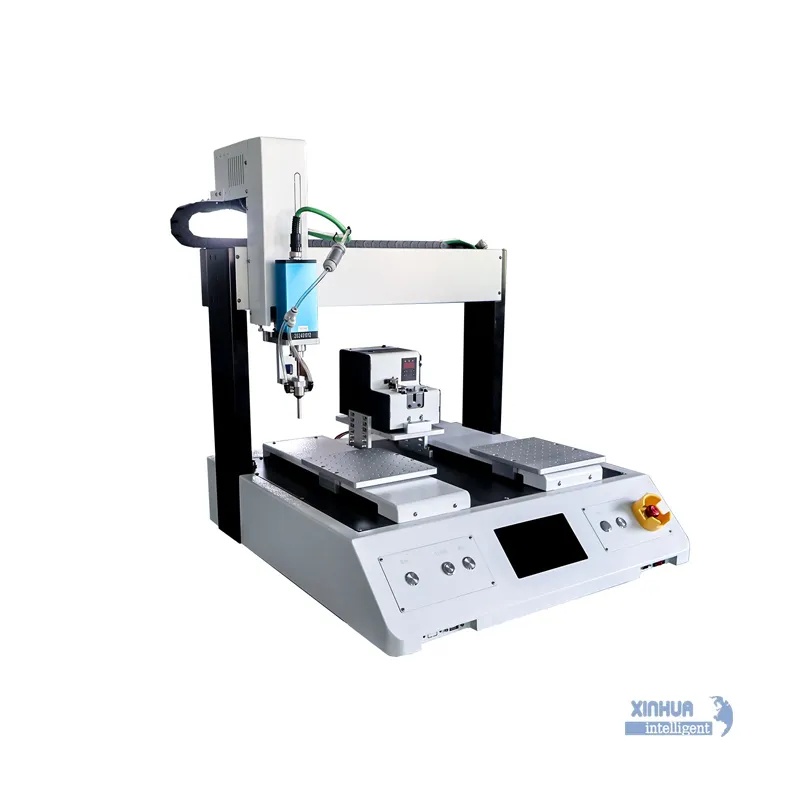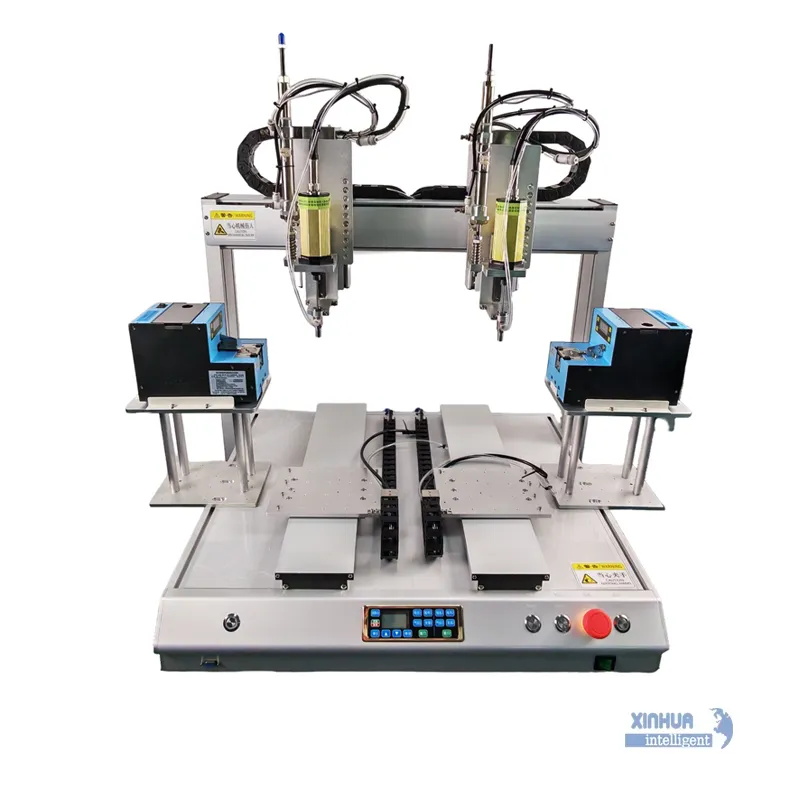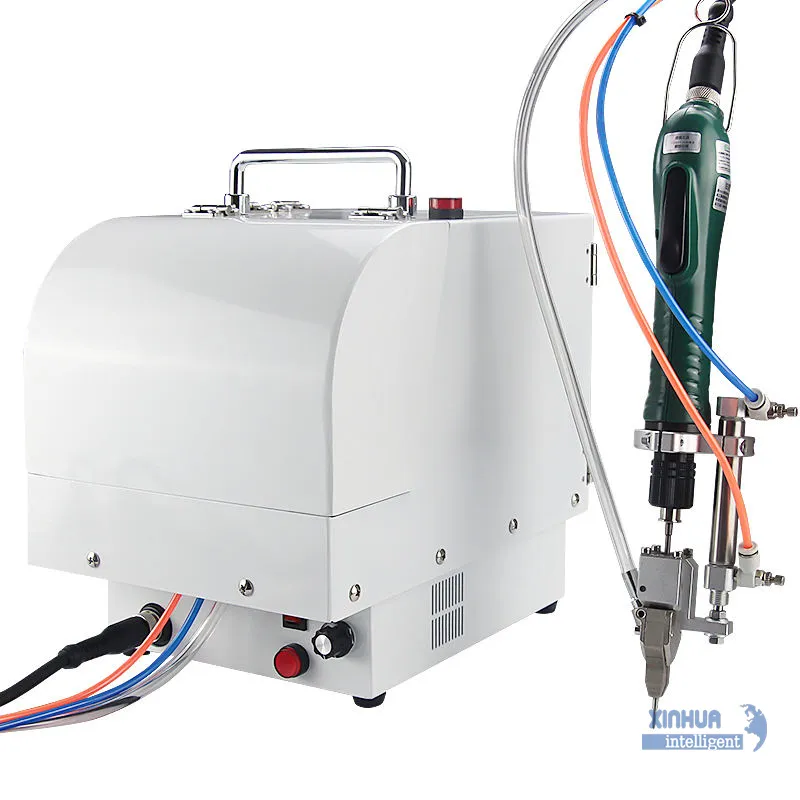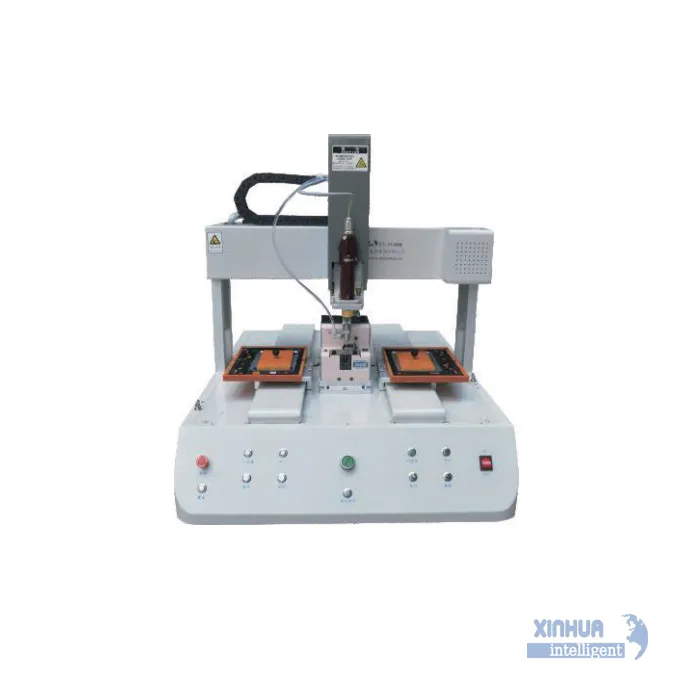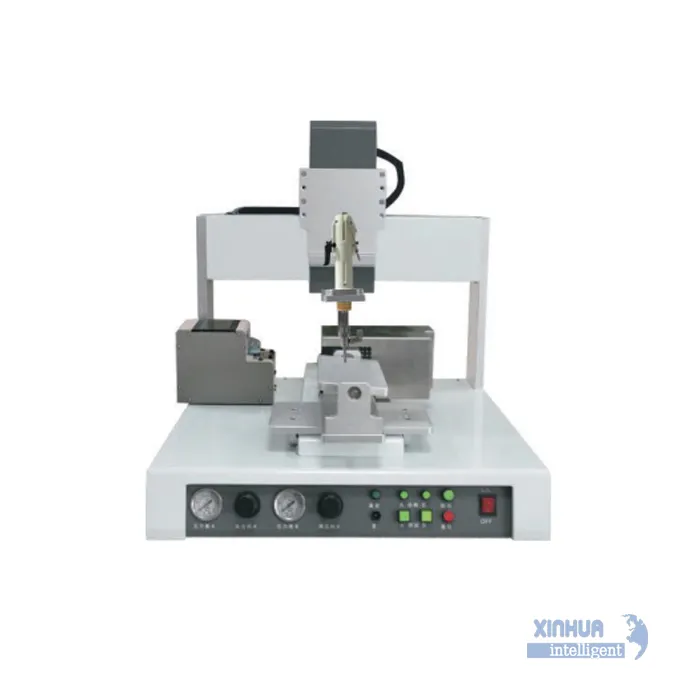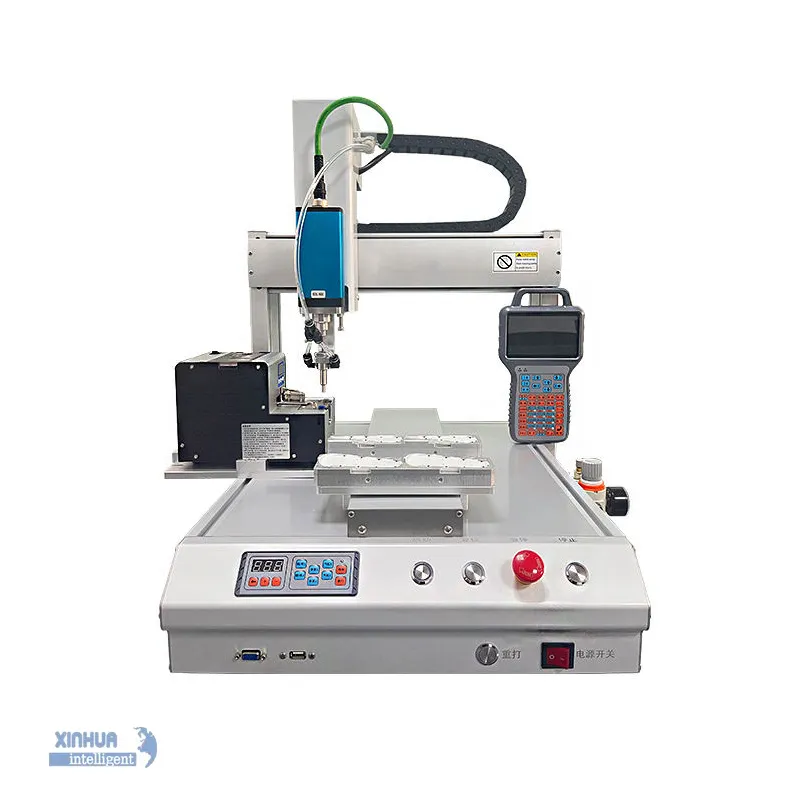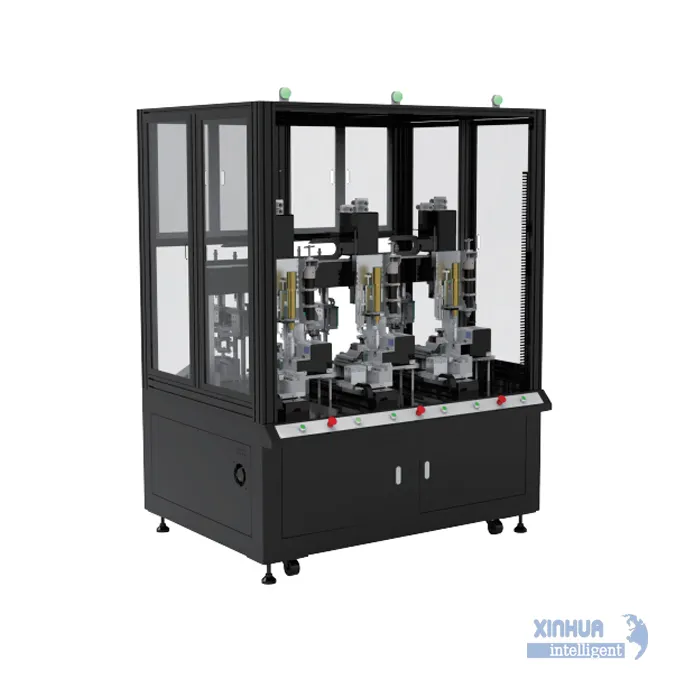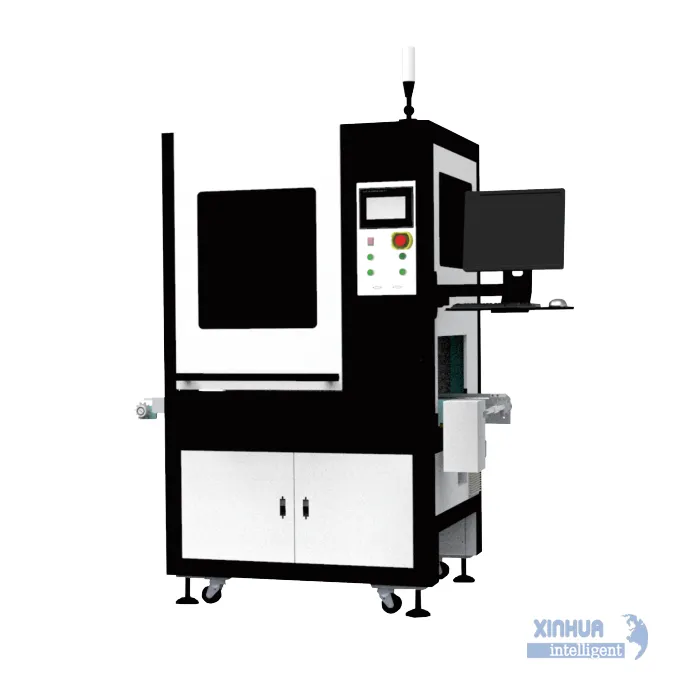-
Increased Assembly Speed and Productivity: Automated screw tightening machine operate much faster than manual tightening, completing fastening operations in about half the time. This can boost overall assembly line output by around 25-40% and production capacity by up to 30% or more.
-
Consistent and Precise Torque Application: These machines ensure screws are tightened to the correct torque and depth every time, minimizing under-tightening or over-tightening. This precision reduces product defects, improves quality control, and lowers rework and warranty claim rates.
-
Reduced Physical Strain and Worker Fatigue: Automating repetitive screw tightening tasks reduces the risk of repetitive strain injuries for workers and eliminates fatigue-related slowdowns, enabling longer continuous operation without breaks.
-
Improved Quality and Reliability: By eliminating human error and inconsistencies, screw tightening machine help maintain high manufacturing quality standards, leading to greater product reliability and customer satisfaction.
-
Data Collection and Process Monitoring: Many automated systems include sensors that monitor torque and angle in real time, providing valuable data for quality control and predictive maintenance, which helps reduce unexpected downtime by around 75%.
-
Operational Cost Savings: These machines lower labor costs by reducing manual work and also tend to have lower energy consumption and maintenance needs compared to traditional automation. The return on investment is often rapid, within a year.
-
Flexibility and Multi-functionality: Modern screw tightening machine can handle various screw sizes and multiple batches simultaneously. They are often programmable for different assembly requirements, making them adaptable for different products and industries.
-
Enhanced Ergonomics and Safety: Positioning screw tightening machines ergonomically on assembly lines reduces worker strain and improves workplace safety.
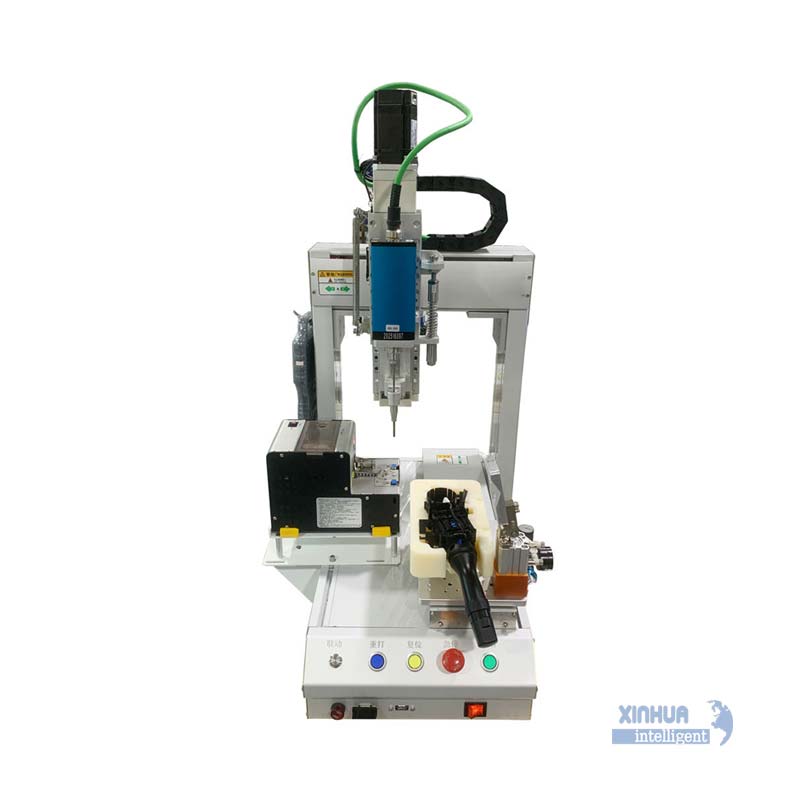
In summary, screw tightening machines significantly enhance assembly line performance by accelerating production, ensuring consistent quality, reducing labor and injury costs, and providing process data for continuous improvement. These benefits collectively help manufacturers increase efficiency and competitiveness while maintaining high-quality standards.

